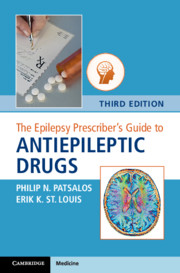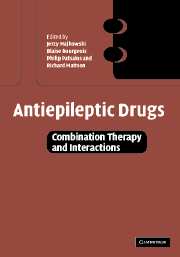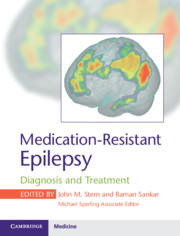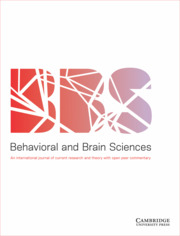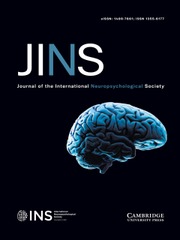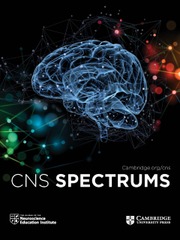The Epilepsy Prescriber's Guide to Antiepileptic Drugs
This essential and concise clinical reference guide serves diverse clinicians and allied health professionals who prescribe antiepileptic drugs in contemporary clinical practice. Fully updated, it features chapters on newly-approved drug brivaracetam, updated paediatric prescribing, use in particular populations including women, the elderly, and patients with cognitive impairment, as well as sections on teratogenicity, pregnancy, and lactation. In full colour throughout, the guide provides comprehensive antiepileptic drug (AED) prescribing information, covering all thirty-five AEDs in alphabetical order. Each chapter features eight coloured sections including general therapeutics, pharmacokinetics, interaction profile, adverse effects, dosing and use, special population considerations, a summary overview, and suggested reading. Perfect for quick reference use, the guide is practical and essential for all AED drug prescribers including adult and paediatric neurologists, neurosurgeons, psychiatrists, internists, geriatricians, paediatricians, family physicians, as well as allied health professionals and resident, fellow, and student trainees in all related medical fields.
- This widely-used and successful prescriber's guide has been extensively revised to reflect changes in the field, including the new antiepileptic drug brivaracetam and expanding knowledge concerning antiepileptic drug applications, indications, adverse effects, and pharmacokinetic interactions
- Designed to provide broad yet concise and authoritative information, this guide is able to support the diversity of antiepileptic drug prescribers in contemporary clinical practice from adult and pediatric epileptologists to neurosurgeons to family physicians
- In full colour, the book covers thirty-five antiepileptic drugs in alphabetic order, with colour coded information within each section, to support quick reference use and effective guidance
Product details
August 2018Paperback
9781108453202
376 pages
187 × 123 × 15 mm
0.41kg
Available
Table of Contents
- 1. Acetazolamide
- 2. ACTH
- 3. Brivaracetam
- 4. Carbamazepine
- 5. Clobazam
- 6. Clonazepam
- 7. Diazepam
- 8. Eslicarbazepine
- 9. Ethosuximide
- 10. Felbamate
- 11. Fosphenytoin
- 12. Gabapentin
- 13. Lacosamide
- 14. Lamotrigine
- 15. Levetiracetam
- 16. Lorazepam
- 17. Methsuximide
- 18. Midazolam
- 19. Oxcarbazepine
- 20. Paraldehyde
- 21. Perampanel
- 22. Phenobarbital
- 23. Phenytoin
- 24. Piracetam
- 25. Pregabalin
- 26. Primidone
- 27. Rufinamide
- 28. Stiripentol
- 29. Sulthiame
- 30. Tiagabine
- 31. Topiramate
- 32. Valproate
- 33. Vigabatrin
- 34. Zonasimide.

